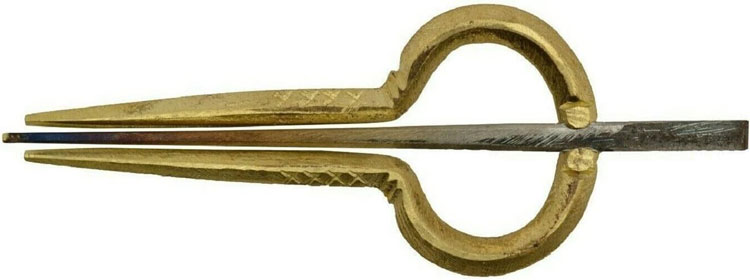The morsing is a traditional Indian musical instrument that is widely used in Indian classical music, particularly in the Carnatic tradition. Specifically, the morsing is a mouth-resonated lamellaphone idiophone, which means it is played by plucking a metal or bamboo reed with the mouth to produce sound.
Regarding its origin, the morsing has a long history and is found in various regions of India. It is most commonly found in South India, Rajasthan, and portions of Assam. In Rajasthan, it is known as morchang and is used as a percussion instrument in folk music. Other names include mukharshanku and morching.

To play the morsing, the instrument is placed between the teeth and held firmly in the hand. The player then strikes the instrument using the other hand to produce sound. In particular, the movement of the player’s tongue and the shape of the player’s mouth contribute to the modulation of the sound produced.
In terms of Indian Classical music, the morsing plays a significant role, providing rhythmic accompaniment to the melodies and harmonies. It is often used in conjunction with other percussion instruments such as the mridangam drum and the tabla. The instrument’s unique sound adds depth and texture to the overall musical composition.
Notable morsing players include Vidwan Kalaimamani Shri R. Raman; Bhagyalakshmi M. Krishna; Srirangam S. Kannan; Ghantasala Satya Sai; Mahesh Vinayakram; and Subash Chandran.


